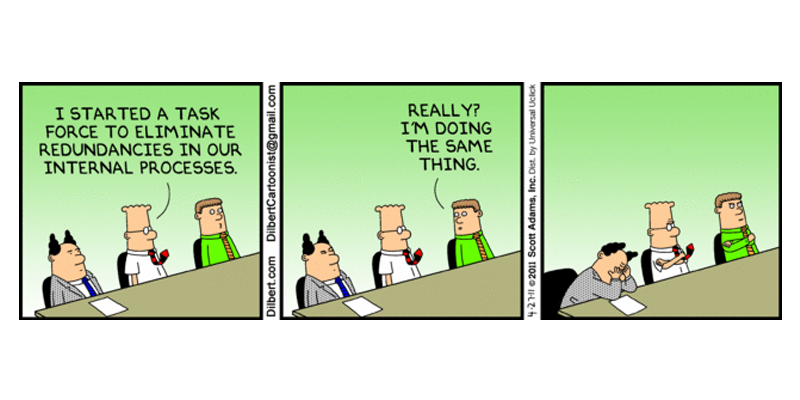Organized Chaos

As a project manager, choosing the right project management tool for your company isn’t an easy task and organizations can take months (sometimes even years!) before deciding on a solution that fits best. You want a tool that can do it all; from internal projects, to client work, and tracking time - without the process having a huge impact on the company. After all, the goal is to help your team get organized, not cause more chaos.
So, how do you even begin your search? With the millions of tools available it can seem like a daunting task, but following the simple steps below can help you get started and hopefully closer to finding the tool of your dreams.
1. Define: Start your search as you would any project by defining the problem. What are the issues with your current tool, if you have one? What are the pain points you are hoping to solve? If there are issues with your current process, you would want to select a tool that helps solve the problems you are currently facing. If things are running smoothly (how often does this happen?), you want a tool that can seamlessly fit with your existing processes but that can also adapt as your internal processes evolve over the years.
2. Requirements: Narrow down your search by defining and prioritizing a set of clear requirements for the tool. While it would be nice to find something that covers all of your needs, that can be a tall order. Prioritizing your requirements can help you determine the urgent needs and must-haves that should be addressed with the new solution. Remeber to keep in mind all of your users' needs, since you will not be the only one using the tool. Here are some questions to consider while writing your requirements:
a. Are your projects run Agile or Waterfall or both?
b. Do you need time reporting and invoicing capabilities?
c. Does the tool integrate with any of your existing applications?
d. How difficult will onboarding be?
Detailed requirements can help filter hundreds of project management tools down to a list of 5-10.
3. Evaluate: Now that you have narrowed it down to a few tools, it’s time to evaluate how each works. While there are many ways to test apps, the best way is through requesting a free trial so that you and your users can see how the tool integrates with company processes. Need a feature but find that it's missing? Try talking to the sales team and requesting a product roadmap. Chances are, you may not be the only team looking for a particular feature and its development is already in the works. Added bonus – request a free evaluation for a few months, that way you can really see if the tool will integrate well with your organization.
4. Roll out: After you have gathered feedback from your team and tested a few alternatives, you should be able to settle on a tool that best fits your organization’s needs. So, what comes next? People are generally creatures of habit, so outlining an implementation plan that works with your existing processes will help the transition feel as seamless as possible. Ensure that integration with existing software is already in place, create training, or leverage the tool's existing training, and plan a slow roll out to make sure that your team is comfortable with the application piece by piece. Following these steps will set your company up for future success with the new tool and help your team more seamlessly incorporate the application into day-to-day life.
As a project manager, it is your responsibility to ensure that your organization has the tools it needs to succeed. This includes an awesome project management app that allows your team members to stay focused and organized and lets you manage your projects more effectively.
- Log in to post comments

